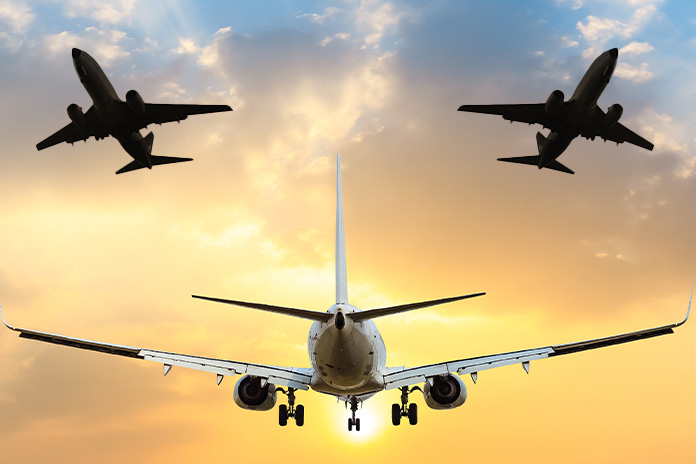
AS swiftly as it took off, Vistara — the Tata Sons/Singapore Airlines joint venture — has veered off on a different flight plan, winging into the sunset.
Formed in 2013, Vistara was the vehicle for Tata to re-enter the aviation sector. Tata had originally started Tata Airlines in 1932 but it was eventually renamed Air India and nationalised.
After 69 years as a government-owned enterprise, Air India has been freed from national shackles, and, in January 2022, was back in the Tata group.
In September 2022, Air India announced the launch of Vihaan.AI, a five-year transformation plan focused on developing its competencies, competitiveness and expansion of market share.
That was probably the death knell for Vistara as consolidation of resources seemed a more efficient mode of operation.
With approval from the Indian government for SIA to invest approximately USD250 million in the now privatised Air India brand, the Singapore carrier has a 25.1% stake in the business. SIA used to have a 49% stake in Vistara.
ALSO READ: I Fired Myself Today
Vistara, whose reputation for its service had been climbing steadily, will cease to exist on 12 November 2024. Ticket sales will be scaled back from 3 September 2024 and Vistara flights will progressively not be available for booking, according to emails sent to Vistara customers.
Mutually Beneficial Merger
The high-level moves work to benefit both airlines. Now that it’s become a purely commercial concern, the strengths of Tata and SIA can forge a carrier geared towards the needs of a booming global airline industry.
SIA’s reputation for running a lucrative business is a model that serves as a benchmark for many airlines. Air India could see some of that rub off on its service standards, which have been less than desirable in recent years.
By merging forces, SIA is able to expand its reach in the aviation sector, currently dominated by volume American airlines and fast-rising Gulf carriers.
Mergers and acquisitions are nothing new in the global airline industry.
While many suffered the consequences of enforced travel restrictions during Covid, the vengeance with which the industry has bounced back has created a lucrative and desirable environment for the travel industry, with new destinations and low cost carriers adding more scope to the industry.
People are back to flying on holiday and business, and the ease with which they can access tickets and relatively cheap fares, especially on budget carriers, has resulted in a greater divide between low cost and legacy carriers.
Every option a customer chooses — be it seat location, type of food, luggage allowance — offers airlines the potential to jack up the ticket price. Air fares have become fluid, varying in price depending on demand, options and how AI and the algorithms will determine where the needle will stop.
Expect Prices To Take Off
As demand increases, and supply is forced to keep up, expect prices to continue rising.
ALSO READ: Neuroscience And Leadership
At the 2023 Paris Airshow, Air India placed an order for 470 narrow and wide-body jets from Boeing and Airbus. The Sub-continent is expected to require over 2,800 new commercial planes in the next 20 years.
With the Air India connection, SIA gains a significant hold in this rising Indian market.
According to Airbus’ 20-year forecast, released in 2023, the number of people flying to India is expected to increase from 165 million in 2019 to 685 million in 2042. This makes India the third-largest civil aviation market, behind China and the United States.
A Symbiotic Relationship
Subhas Menon, Director General, Association of Asia-Pacific Airlines comments on Singapore Airlines’ involvement in the enlarged Air India airline.
Singapore is a limited market and scope for organic growth is finite and with depreciating returns.
A foothold in a market that is the third-largest after US and China provides SIA with a huge potential to expand its customer base. India is also geographically well positioned to tap the traffic between Asia and Europe and America.
In fact India’s growth potential is highest in the world with its burgeoning economy, rising middle class and youthful population.
Return on investment in the merger is also very lucrative from the yield versus cost perspective.
From the bilateral perspective, there will be better chances for SIA and Scoot to increase capacity to India with a friendly national carrier.
SIA’s core competence as a renowned brand and network carrier enables Air India to win back the diaspora market from Gulf carriers.
In terms of talent, SIA can tap from India by sharing its management expertise.
This will be a symbiotic relationship.





















